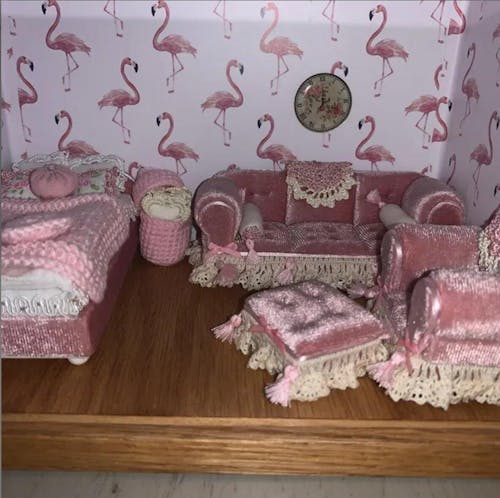Peel-and-stick wallpaper has revolutionized interior design, providing an accessible and versatile option for transforming living spaces. As the popularity of this self-adhesive wallpaper continues to soar, a common question echoes in the minds of homeowners and decorators alike: does wallpaper ruin walls?
Potential Risks and Concerns
It's important to understand that potential risks and concerns with peel-and-stick wallpaper only arise when installation isn't executed properly. One primary concern is the potential damage to existing paint or the wall surface underneath. Depending on the texture and type of paint, the adhesive bond may cause paint peeling or surface abrasions, especially if the wallpaper has been up for a long time.
Another consideration is the difficulty in removal and the potential for residue. If removal techniques aren't done correctly or if impatience prevails during the process, residue may be left behind, requiring additional cleaning efforts.
The impact of peel-and-stick wallpaper on different wall types is also a concern. While it typically adheres well to smooth surfaces, textured walls may present challenges. This can affect the wallpaper's ability to stick securely, potentially resulting in uneven or incomplete adhesion. However, with careful attention to installation details and surface preparation, many of these concerns can be mitigated, ensuring a successful and damage-free application of peel-and-stick wallpaper.
Factors Influencing Wall Damage
The integrity of walls when using peel-and-stick wallpaper is influenced by several critical factors:
Surface Preparation Before Applying Peel-and-Stick Wallpaper
Adequate surface preparation is foundational to the success of peel-and-stick wallpaper applications. Walls should be clean, smooth, and free of dust, grease, or any other contaminants that could compromise adhesive bond. Properly prepared surfaces provide optimal conditions for adhesive adherence, reducing the likelihood of wallpaper detachment and wall damage.
Duration of Wallpaper Application and Removal
The duration of wallpaper application and removal processes can also influence wall damage. Prolonged exposure to adhesive during application may increase its bonding strength, making wallpaper removal more challenging and potentially causing surface damage. Similarly, hurried or improper removal techniques can result in wall abrasions, paint peeling, or residual adhesive residue.
Environmental Factors Such as Humidity and Temperature
Environmental conditions, including humidity and temperature levels, play a significant role in determining the stability of peel-and-stick wallpaper installations. High humidity levels can weaken adhesive bonds and promote moisture absorption, potentially causing wallpaper to warp or detach. Extreme temperature fluctuations may also affect adhesive performance, leading to suboptimal adhesion and increased susceptibility to wall damage.
Conclusions
Answering the question: “Is removable wallpaper really removable?” It can be argued that yes, removable wallpaper can indeed be removed without damaging the wall. However, ensuring this outcome necessitates adherence to specific guidelines and best practices during both the installation and removal processes.
Recommendations for Reading Articles
How to Apply Peel and Stick Wallpaper: Understand the installation process thoroughly. This will enable you to comprehend the key stages and techniques necessary for a successful installation.
How to Remove Peel and Stick Wallpaper: Familiarize yourself with the methods for removing peel-and-stick wallpaper and troubleshooting common issues that may occur during removing.
Meeting Wall Requirements: Prior to installation, ensure that your wall meets the necessary requirements for applying this type of wallpaper.
Answers to Frequently Asked Questions: Don't overlook articles containing answers to frequently asked questions about peel-and-stick wallpapers.


















